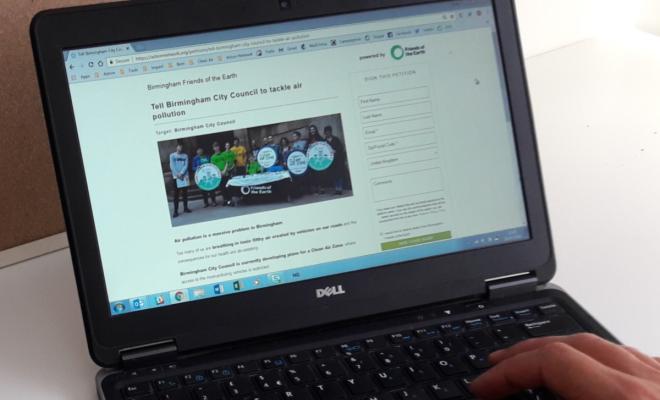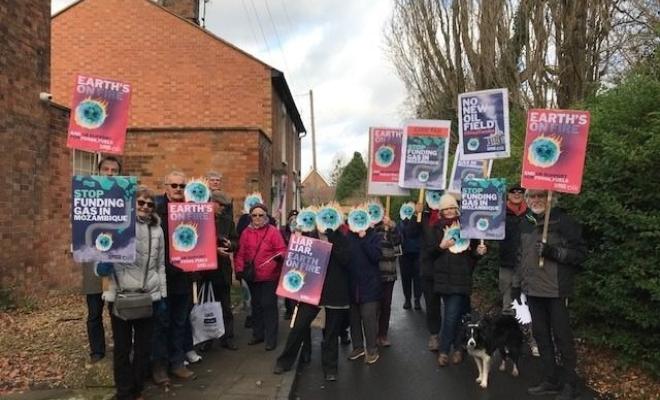03 Dec 2025
5 key questions
A lot of successful campaigns have been based on methodologies established by Marshal Ganz, a veteran US community and union organiser. His approach involves answering 5 key questions which we’re going to work through – with the help of some video tutorials – to help you develop your campaign. These questions are:
- What do we want?
- Who can give it to us?
- What do they care about?
- How can we influence these things?
- How can we apply our resources to our target to win?
What do we want (aka the campaign goal)
Our first step is to make sure that we move from being concerned about a problem to identifying a manageable solution. This is our campaign goal.
With your group, consult the issue checklist (download) to make sure that the solution you’re going to work on will have a positive impact, not just on the issue you’re campaigning on, but also on your group and wider movement.
Who can give it to us (aka campaign target)?
Once you’ve identified your campaign goal, you need to identify the target of your campaign.
This is the decision maker – the person or people that you need to persuade to deliver the change you want.
This may be an organisation, but remember that it’s individuals who make decisions, and some individuals will hold more influence or power than others within the organisation.
As a group, use this power structure analysis (download) to help you map out and explore who the target of your campaign should be.
What do the decision makers care about?
Now that you know who the targets are, you need to understand how to influence them, and build and leverage power so that the decision maker is compelled to make the change you’re campaigning for.
You don’t necessarily need the target to agree with you, just to get them to do what you need.
How we build power with others and over our identified decision maker will depend on who that decision maker is. Everything in your campaign plan needs to be thought about from the perspective of who that individual is and what will compel them to make the change you’re seeking.
Download and use this target leverage analysis document (download) to discuss within your group what your target cares about.
How can you influence the things they care about?
At this stage in your campaign strategy, you’ve completed a lot of the background research and thinking (what do you want, who can give it to you, what does that person care about).
Now you’re ready to move onto action – identifying what you can do to work towards your identified solution.
The first step is to consider your resources and potential resources. This may include:
- current or potential members and supporters
- your wider network (other groups; organisations in the community you work with)
- social media accounts
- knowledge, facts, reports or evidence on the issue you’re campaigning around
- funding.
Your campaign plans need to be sustainable, and within your capacity and resource, while also allowing space for growth and fresh input – ideally you’ll gain people and energy along the way.
The second step is to consider how to influence your decision maker by finding an angle which will have the most impact on them and which you can influence by using your existing resources..
The third step is to identify high-impact tactics that you’re comfortable in doing. You can use our tactics chart (download) to record a thorough list of ideas as they come up in discussions. Please also refer to our protest guidance, including our policy on protest.
As you hone in on the ideas you want to pursue, our activity checklist (download) will help you develop them and think through the detail of those activities.
What's your plan to win (aka "campaign tactics")
Once you have a list of tactics you believe will help achieve your campaign goal, you need to sequence them into a powerful campaign plan.
The sequence of your activities should build up the pressure on the decision maker, attracting more people to your campaign and taking increasing impactful actions on your target.
Make sure you spread your campaign activities out to allow time for people to rest, to bring on board new members, to reflect on what happened and check that your planned next steps are the right ones.
Evaluation
After a negotiation or any other moment in your campaign where you’ve held an action or made headway, it’s important to take time to evaluate. As a group, ask yourselves:
- What happened?
- How did it fee?
- How did it go?
- What sense can we make of it?
- What could we do differently?
- What will we do in the future?
You can download our reflective practice document to reflect as a group or individually.
Through this process of reflection it should be clear what, if anything, should come next in your campaign, or if it's time to wrap up and celebrate all you've achieved together.
Ending a campaign
Every campaign has an end point. The end of your particular campaign could come about because you’ve achieved your solution, you’ve realised your solution is the wrong one or unachievable at that time, or something else.
Ending a campaign can be a hard decision to make. Our moments of reflection through the campaign should help you keep track of all the things you’ve achieved along the way, even if your initial goal has not been achieved or if there is still further to go beyond your initially identified solution.
Showing up and acting on an issue you care about is a success in itself, as is the sharing of knowledge with others, and the people you’ve influenced and made connections with during the campaign.
Some campaigns end in a negotiation with your target- where you’ve put them in a position where they must engage with you.
The hardest part is often in getting their agreement to do this. If your target has agreed to negotiate, you may already be close to having built enough power (ie, the impact of your campaign actions) to win.
It’s this power, away from the negotiating table, that really determines to what extent you negotiate a win.
This campaign overview document (download) should be easy to fill out by the time you’ve reached this stage in your strategy planning. Use it to help keep you focussed and to bring people up to speed with your campaign as they join you.




